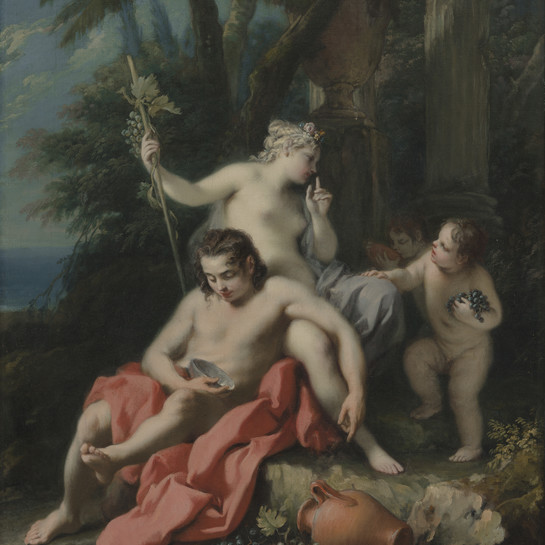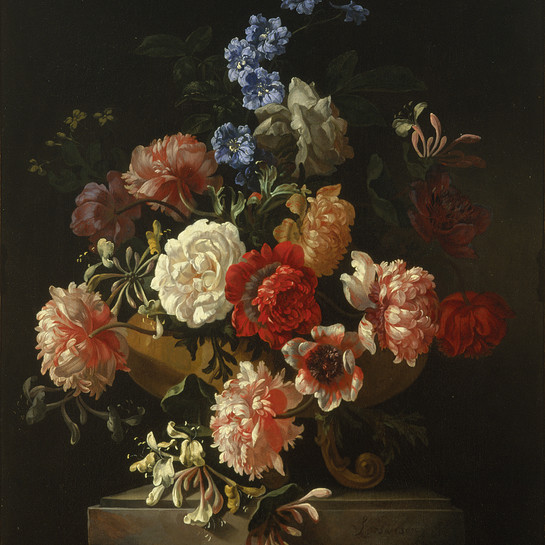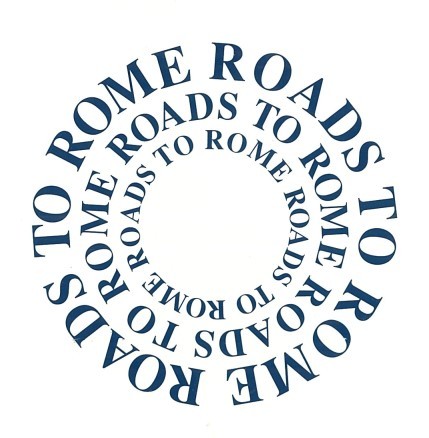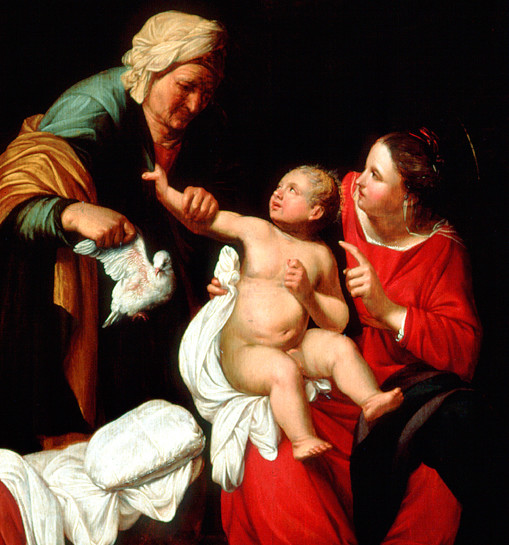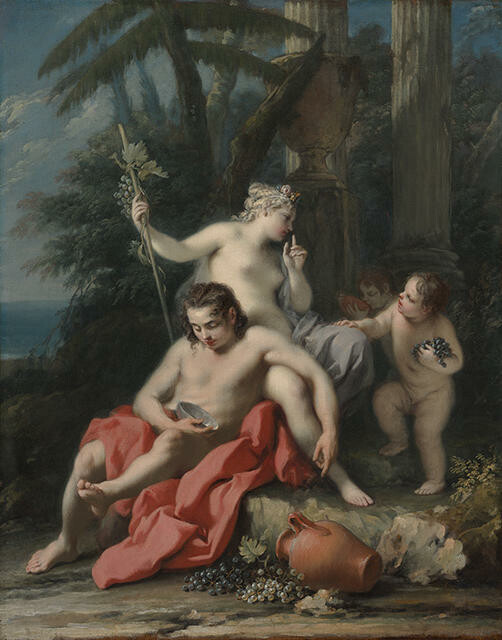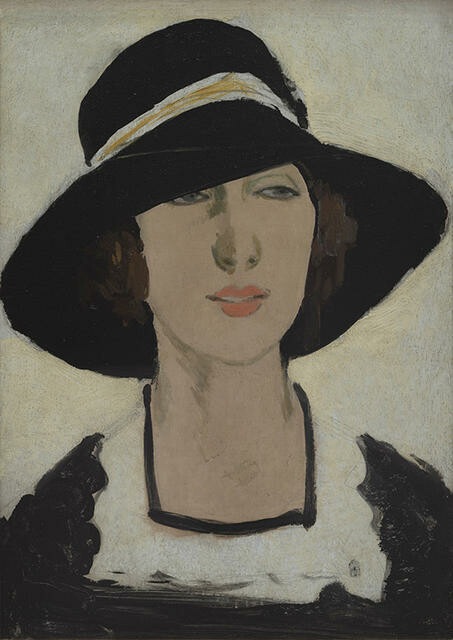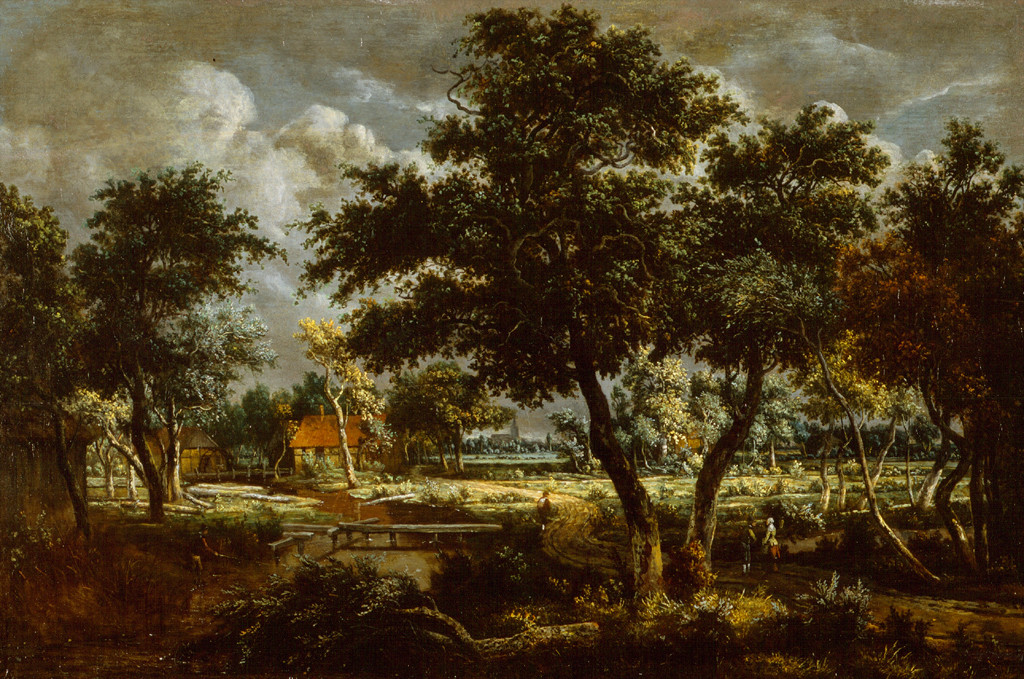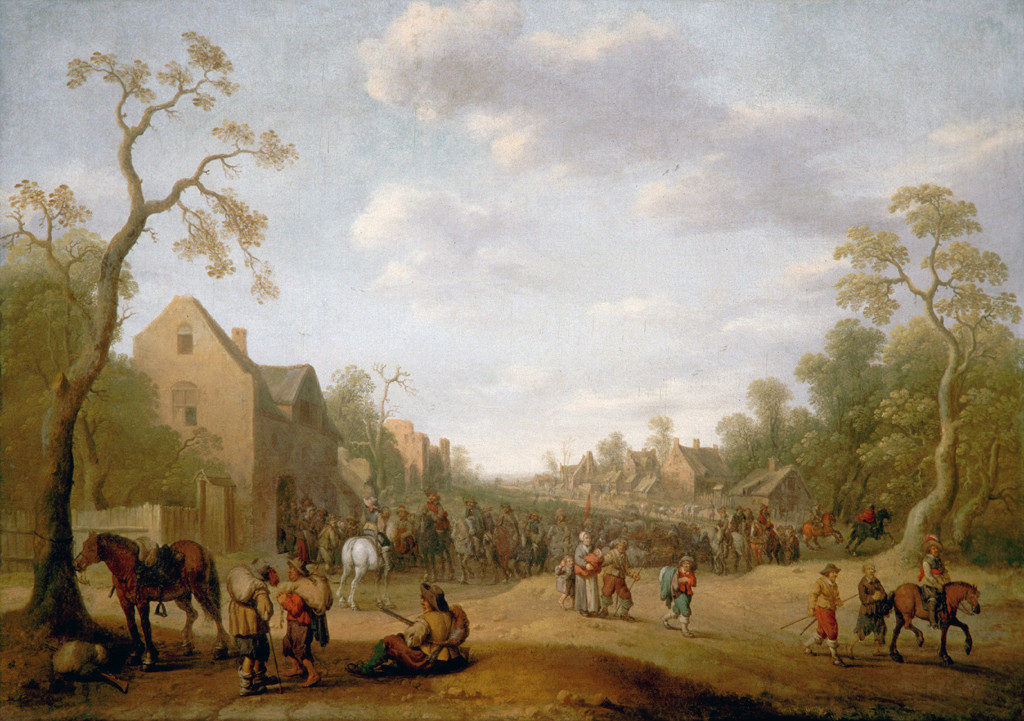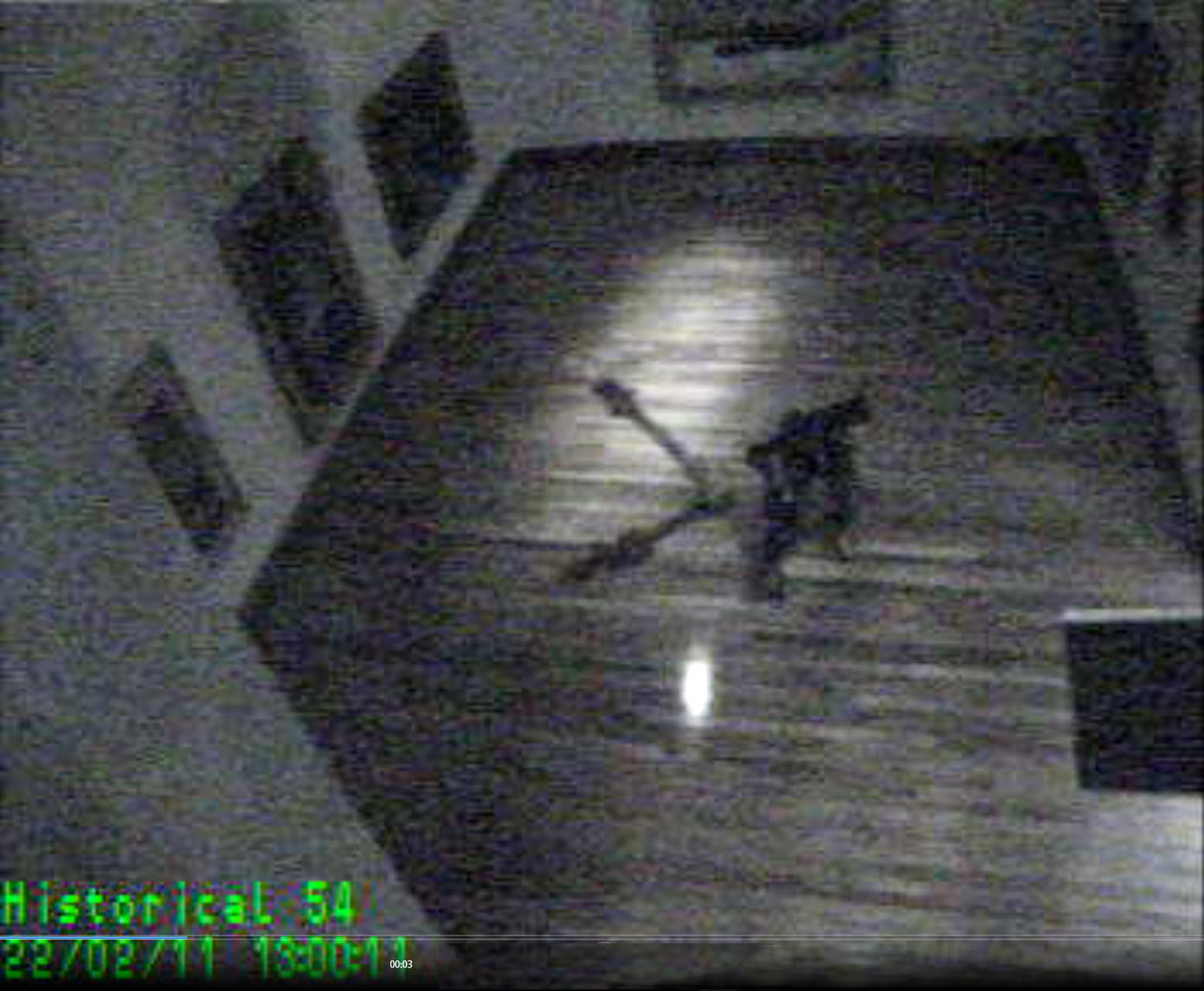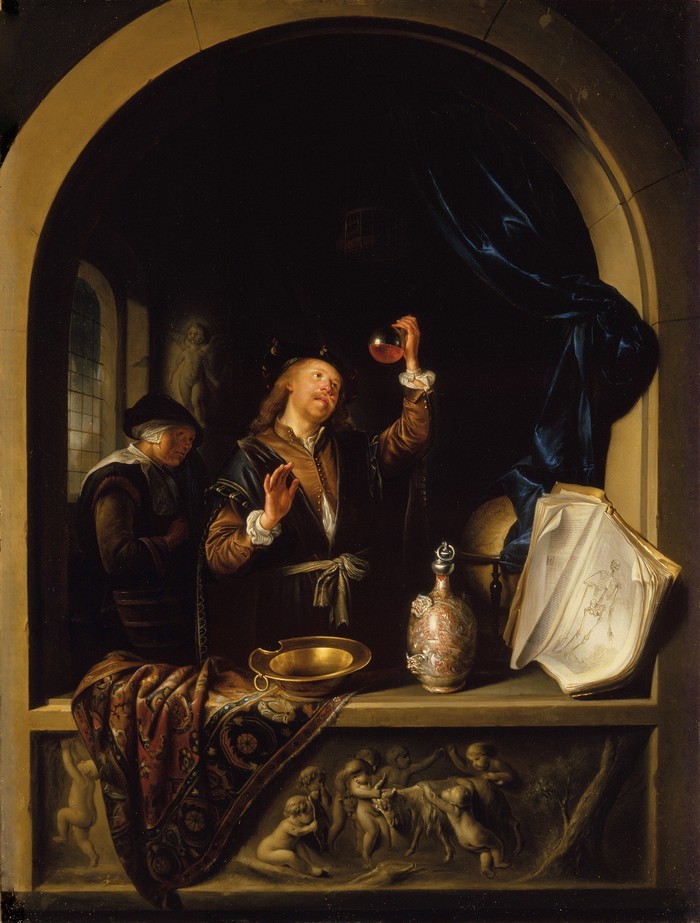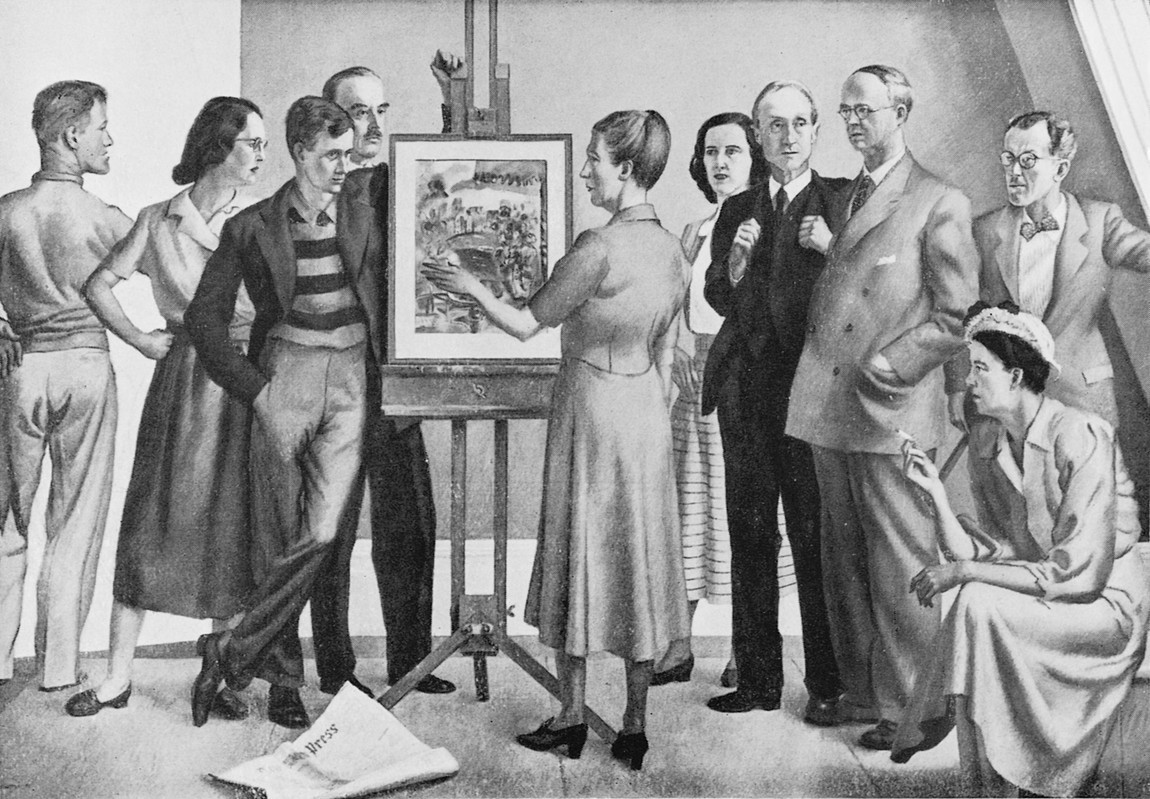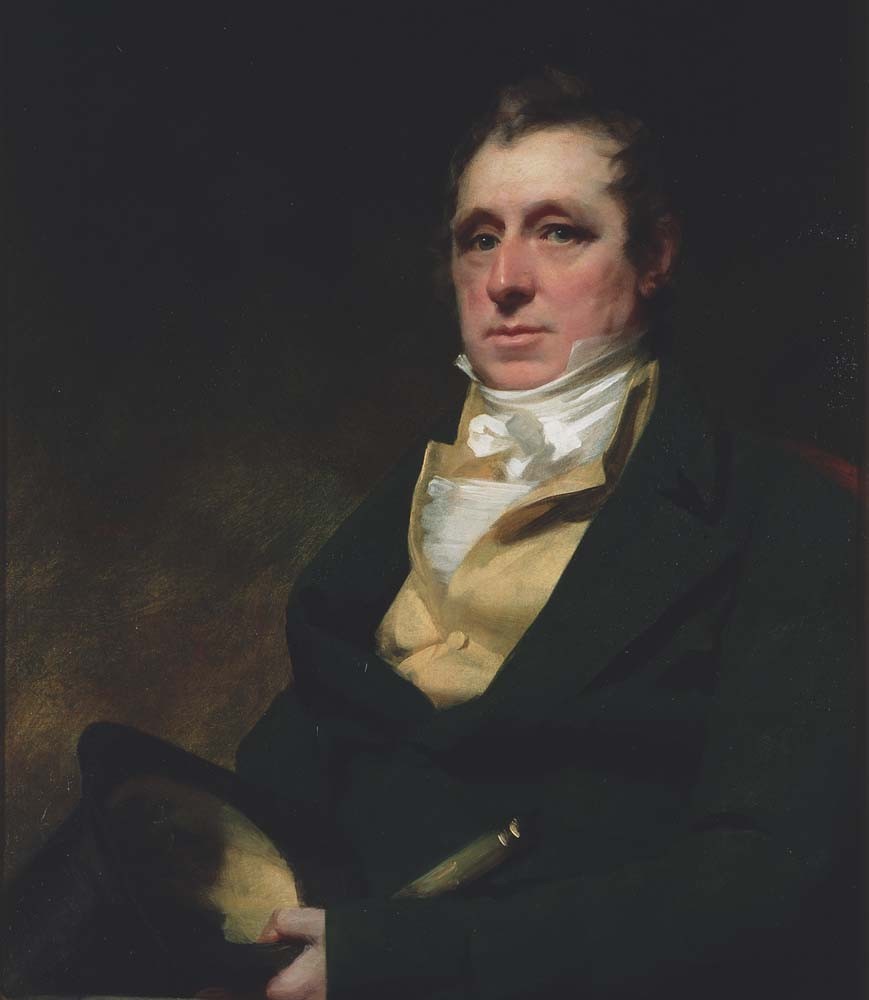Jacopo Amigoni
Italy, b.1682, d.1752
Bacchus and Ariadne
- 1730-1739
- Oil on canvas
- Presented to the Canterbury Society of Arts by the Neave family in memory of their brother Kenelm, 1931; given to the Robert McDougall Art Gallery, 1932
- 1170 x 1000 x 65mm
- 69/254
Tags: bowls (vessels), columns (architectural elements), copies (derivative objects), fruit, mythology (literary genre), nudes (representations), people (agents), sleeping, urns
Naples-born Jacopo Amigoni, a leader in the Venetian Rococo style, spent over thirty years employed in the royal courts of Europe, in Munich, London, Venice and Madrid. Inspired by classical mythology, he painted this sumptuous scene during a profitable eleven-year stretch in London, where its spectacular hand-carved ‘Carlo Maratta’ style frame was also made.
(Out of Time, 23 September 2023 – 28 April 2024)
Exhibition History
Persistent Encounters, 10 March 2020 – 19 September 2021
Born in 1695 in Naples or Venice, Jacopo Amigoni worked in Munich from 1719 as a painter at the court of Maximilian II Emanuel, before moving to London to paint for King George II in 1729. A pioneer of the Venetian Rococo style, Amigoni painted this sumptuous mythological scene during his stay in London. It pictures Bacchus, Roman god of wine, leaning in a drunken stupor against Ariadne, the Cretan princess who became his immortal bride, who is warning the putti not to waken him. Amigoni returned to Venice in 1739 after making what was considered a fortune through his painting in London, and spent his later years from 1747 in the court of King Ferdinand VI in Madrid. Patronage for artists such as Amigoni linked to the taste for Italian decorative art and high culture that was prevalent among Europe’s elite.
Weight of Sunlight, 15 September 2017 – 16 September
Jacopo Amigoni, who is believed to have been born in Naples or Venice, worked in Munich from 1719 as a painter at the court of Maximilian II Emanuel, Elector of Bavaria, before moving to London to paint for George II in 1729. Renowned as a pioneer of the Venetian Rococo style, Amigoni painted this sumptuous mythological scene during his stay in London. (Its hand-carved, contemporaneous ‘Carlo Maratta’ frame is also English-made, in a style inspired by Italian frames that reached England with returning Grand Tourists.) Smaller versions of Bacchus and Ariadne exist; including one once owned by a friend of Amigoni’s, the famous Italian castrato singer Carlo Broschi Farinelli, who also lived in London in this period. Patronage for artists such as Amigoni and Farinelli linked to the taste for Italian decorative art and high culture then prevalent among Europe’s elite. After returning to Venice in 1739, Amigoni spent his later years from 1747 in the court of King Ferdinand VI in Madrid.
Treasury: A Generous Legacy, 18 December 2015 – 4 December 2016
Bacchus, the god of wine, leans in drunken stupor against Ariadne, the Cretan princess who became his immortal bride; here warning the cherubs not to awaken him. The Naples-born Jacopo Amigoni specialised in classical scenes in a decorative Venetian rococo style. Bacchus and Ariadne was likely painted during his time in London in the 1730s.
This painting was given in memory of its former owner Kenelm Neave, an eminent local solicitor who died tragically in 1931. He was the great-great grandson of the London merchant and Governor of the Bank of England Sir Richard Neave (1731–1814), who laid the foundations of a vast family fortune through West Indies sugar plantations.
Bacchus was the god of wine and Ariadne, his wife, was leader of the Maenads, women revellers who danced and sang at the feasts of Bacchus. The bacchanalia appears to be over, the wine urn is overturned and the cup is slipping from his hand as Bacchus leans in drunken sleep against Ariadne. She warns the cherubs not to wake him. Jacopo Amigoni specialised in classical scenes and he completed many versions of the Bacchus and Ariadne theme. The soft edged forms in this work are in a decorative Venetian rococo style. Amigoni was born in Naples but trained in Venice where he worked as a history and portrait painter. For some years he painted for the Elector of Bavaria but he based himself in London from 1730 to 1739. Amigoni had considerable success painting decorative cycles and portraits and returned to Venice in 1739 with what was considered a small fortune. In 1747 he moved to Madrid where he was appointed Court painter. Amigoni died in Madrid. (Label date mid 2000s)
The Venetian born painter of this work lived in England from 1729 - 1739. He was employed by the nobility, decorating their houses. Amigoni’s canvases of subjects taken from mythology and painted in the Venetian Rococo style sold well. His classical scenes were taken from the legends of Greek and Roman mythology. In this simple classical setting with the column and urn, palm tree and distant sea, Bacchus, the God of wine, drowses beside his wife Ariadne who was the daughter of the King of Crete and the leader of the maenads. They were the women revellers who danced and sang at the feasts of Bacchus. Bacchus is drunk, the wine cup slips from his hand, and the wine urn is overturned at his feet. Ariadne warns the cherubs not to waken the sleeping god. Cherubs were a common feature in Amigoni's portraits of the 1730s and here we see them contributing to the general charm of the scene.
This work was likely not an easel painting originally but part of a decorative set of works fixed to the walls of a room.
The imagery is taken from the Greek myth of Bacchus, son of Jupiter and god of wine and his wife Ariadne, daughter of the King of Crete.
In this depiction Bacchus drowses drunkenly with an upturned wine jar at his feet. Ariadne holds a rod decorated with vine leaves.
Ariadne was often depicted sleeping, but is in this painting, as with many by other artists of the eighteenth century, shown fully awake. The attendant cherubs became a common feature of Amigoni’s painting of the 1730s particularly his portraits.
The scene is played out within a classical Venetian Rococco setting.
(Label date unknown)
![Andreas Cellarius Hypothesis Ptolemaica Sive Communis Planetarum Motus Per Eccentricos Et Epicyclos Demonstrans [The Ptolemaic Hypothesis or Common Representation Demonstrating the Planetary Motions through Eccentrics and Epicycles] 1661. Hand-coloured engraving. Collection of Christchurch Art Gallery Te Puna o Waiwhetū, William A. Sutton bequest, 2000](/media/cache/05/97/05970cdff0f6b3264062d69bf2aa90f5.jpg)
